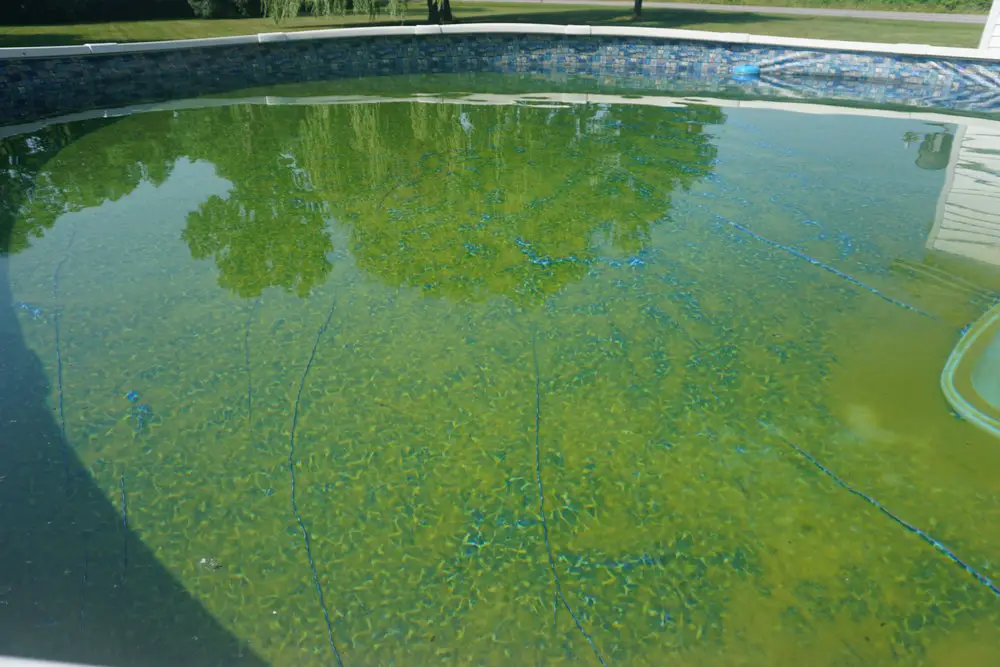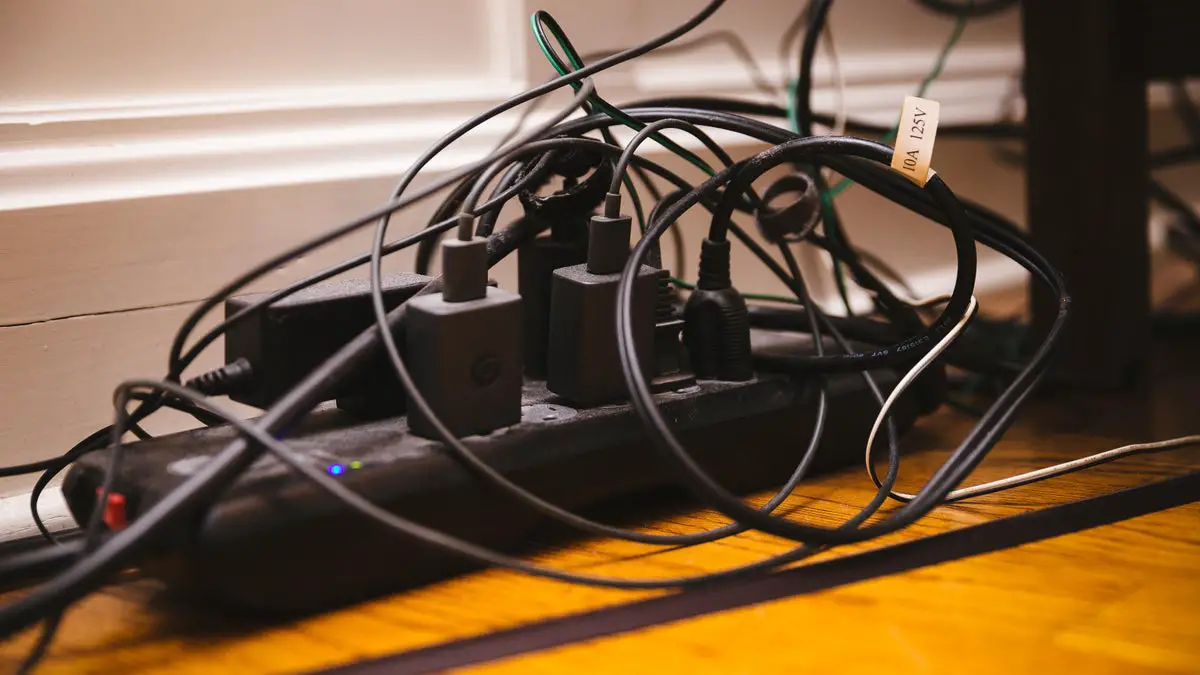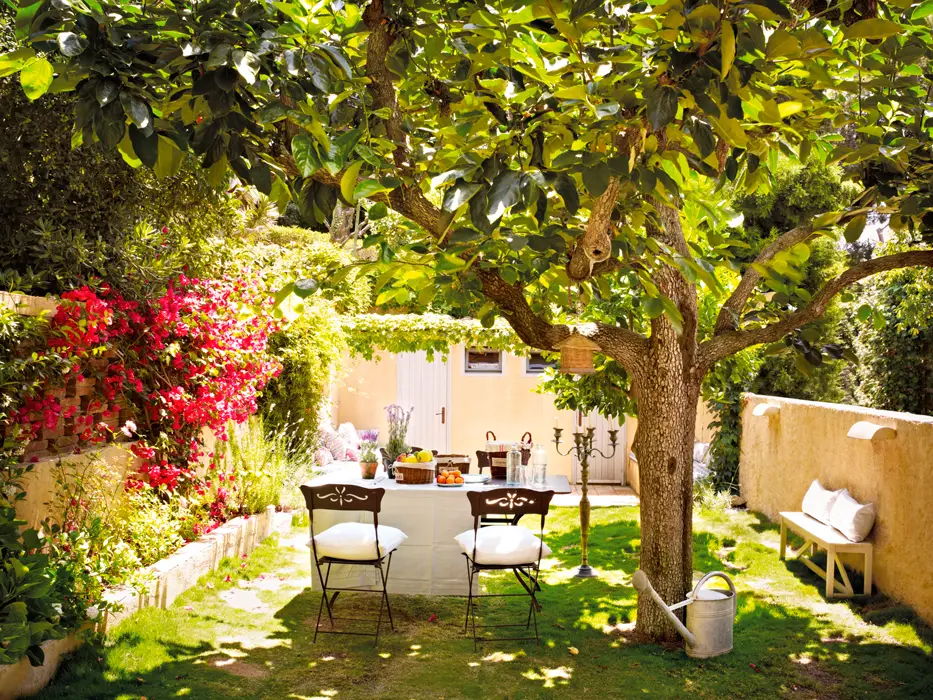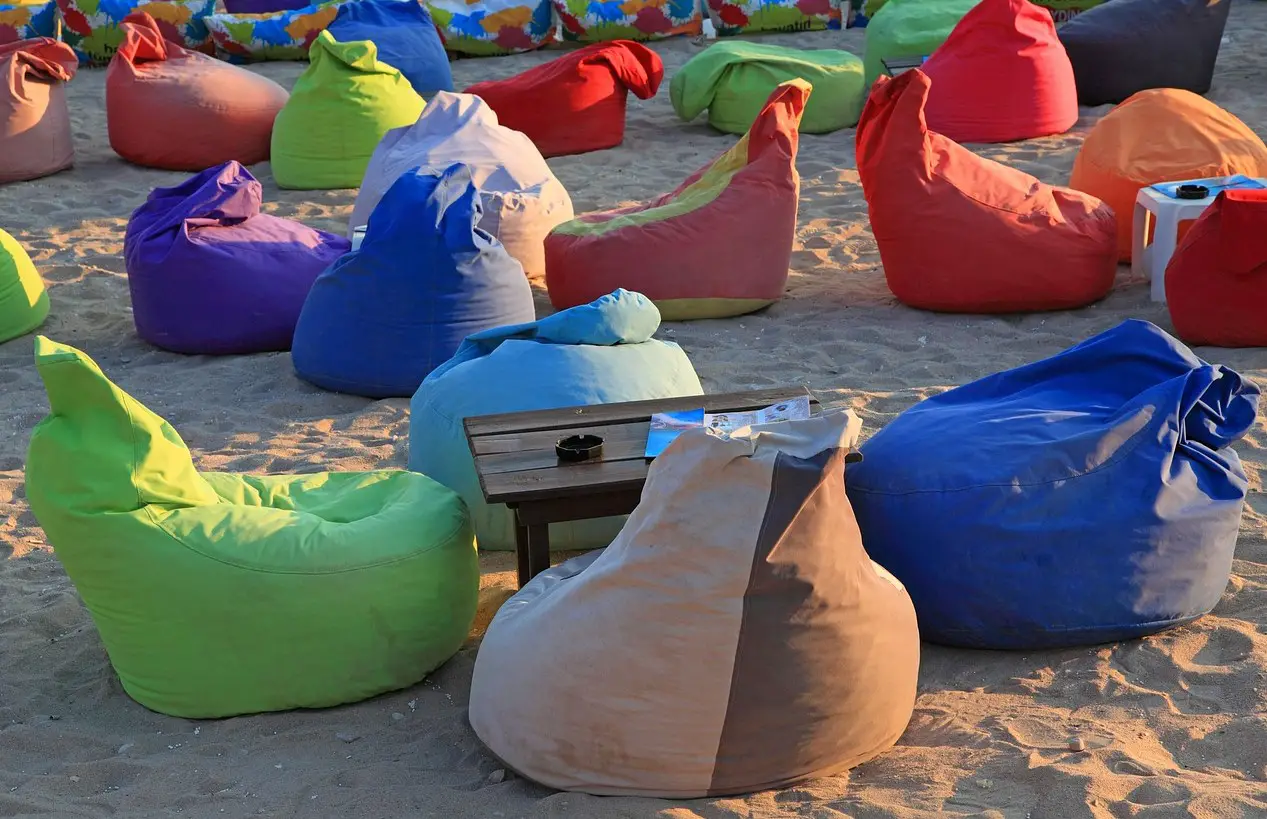If you have a swimming pool at home, then you are familiar with mustard algae. These are tiny plants that attach themselves to either wall of your swimming pool. They are also known as yellow algae. These plants are not that common, but if you live in a place they are likely to grow, you should learn some tips to get rid of them.
Mustard algae are resistant to chlorine, and as such, they are likely to grow very fast and interfere with the swimming pool aesthetics. It looks like a yellow stain on the deck and walls of your swimming pool, but the algae are consistent whenever you try to remove it.
You can reach out for a chemical-free pool & hot tub cleaning if you need help clearing mustard algae. Here are some tips to remove the yellow algae without scratching your head that much.
1. Declutter your swimming pool
The first step to cleaning your swimming pool and removing all the yellow algae is to declutter it. Start by removing all the objects and toys in your swimming pool and disinfecting them with chlorine-based solutions.
Always go for chlorine-based solutions that don’t contain bleaching agents if you want to remove all the yellow algae from swimming pool supplies. Lastly, you should ensure you wash all the bathing suits and remove any trace of yellow algae.
2. Vacuum the walls
To vacuum the walls, you should first fill the pool to the top with clean water. Switch your vacuum to a waste setting and ensure you remove as many algae as you can. After you vacuum the walls, you can use a wall brush to remove and break the yellow algae.
3. Check the water pH value
If you want to remove more of the yellow algae and keep your swimming pool clean, you should test the alkalinity level. You can visit your local home supply store or Waters Choice to purchase a swimming pool test kit.
Using this kit, you can sample the swimming pool water, test, and find immediate results on your swimming pool chemical composition. You can also send the sample for analysis from a lab. Ensure the pH level of your swimming pool reads between 7.4-7.6. The alkalinity level should range between 120-150ppm. If the pH level is out of balance, you should call a professional for assistance.
4. Pool shock your swimming pool
You can also pool shock your swimming pool to keep the right level of alkalinity in your swimming pool. Take a 5-gallon bucket, fill it with water and mix with a pound of pool shock. Stir the mixture to obtain a fine paste, and then pour it inside your swimming pool.
Pour the pool shock on every side of the pool, including the middle. You should use at least 3 pounds for every 10,000 gallons of pool water for the best results with pool shock.
Final Thoughts
Dealing with mustard algae in your swimming pool should be such a difficult task. Practice these four tips to keep your pool clean, fresh, and free of any algae.






